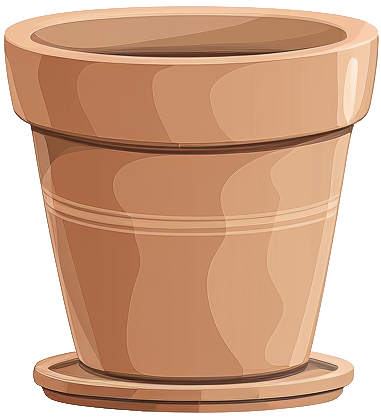- monstera
- obliqua

monstera
obliqua
obliqua
Care level
Difficult
Popularity
Popular
Known as the 'swiss cheese plant on steroids', its paper-thin leaves are more hole than leaf, with some specimens having up to 90% of their surface area missing. These delicate leaves are so thin you can actually read through them, making it one of the most ethereal and challenging houseplants to grow.
Care & maintenance
Light
Bright light, usually located near windows but doesn't receive direct rays for more than an hour during the day.
Temperature
Warm (68°F - 89.6°F)
Fertilization frequency
Moderate
Monthly during the growing period.
Soil
Choose a Tropical plant mix: A rich, moisture-retentive blend with good aeration. Mimics the natural forest floor environment of tropical regions.
If you want to create your own substrate, you can make a mixture of the following soils:








Click on the soil name for more information.
Pot

Standard size
Prefer a pot with a classic width/depth ratio.
Incorrect or incomplete information?
In our goal of building the best plant database, we sometimes make mistakes or have incomplete information. You can help us fill these gaps!
Features
Size & growth
Medium
Climbing
Slow growth
This plant grows slowly. It can reach 1 to 3 feet in height or spread.
It grows upwards by attaching to supports or winding around them.
Toxicity
| Cat | |||
|---|---|---|---|
| Dog | |||
| Human |
Reproduction & propagation
Fruits & flowers
Flowering & not self-pollinating
The monstera obliqua can produce flowers and therefore fruits.
This plant is not capable of self-pollination, it will not be able to produce fruits if it is not pollinated by another individual.

